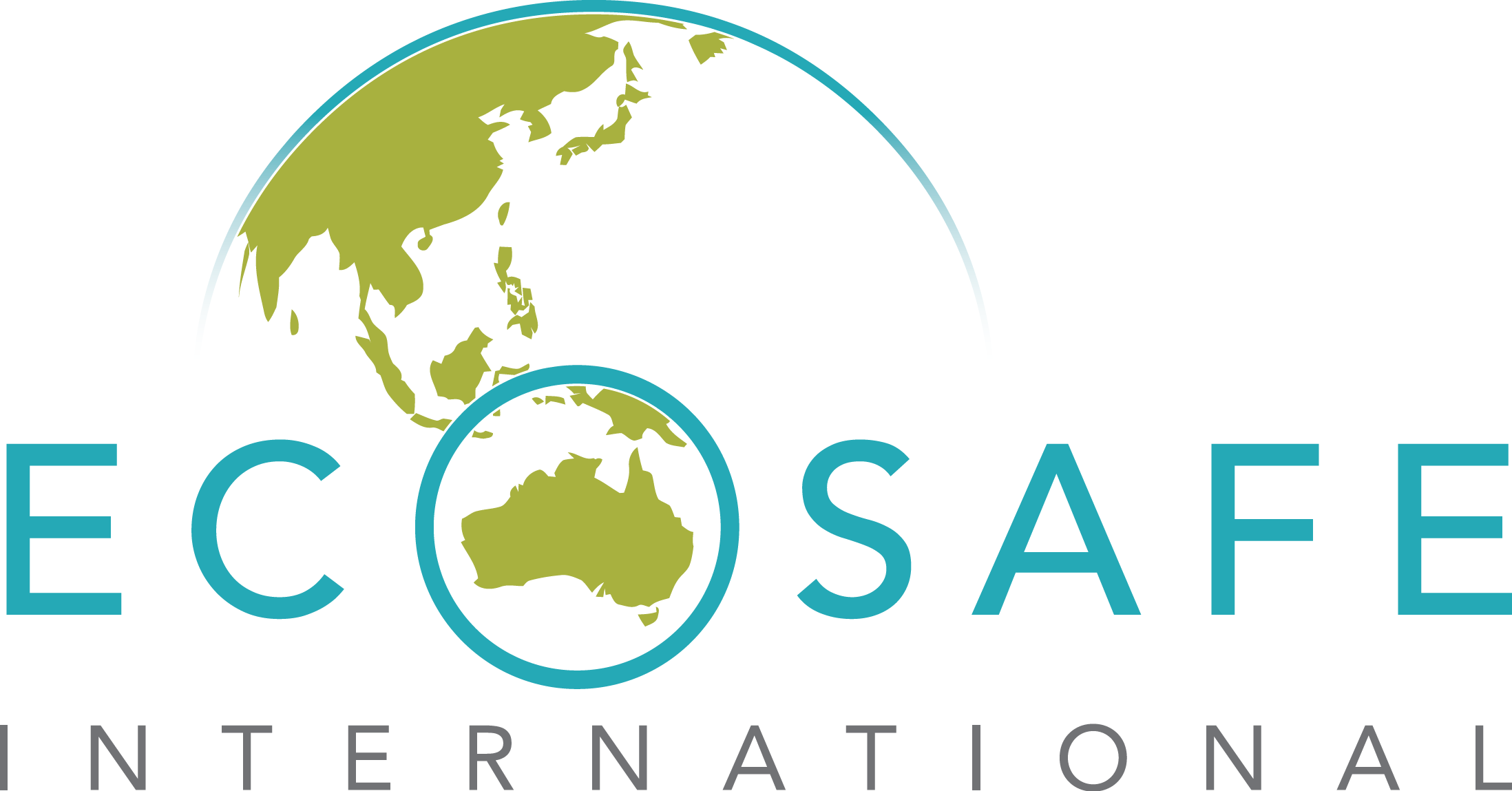
Ecosafe International’s approach to management of emergency showers and eyewashes considers a number of national standards and guidelines and relevant industry experiences. This includes:
-
- An initial assessment of the incoming water quality for bacterial and chemical parameters should be conducted. Ideally, a scheduled monitoring program would be implemented on a risk basis and reviewed based on monitoring results.
- Commissioning of emergency showers and eyewashes which must comply with the requirements of Australian Standard 4775 (2007) – Emergency Shower and Eyewash Equipment:
- According to Appendix B of AS 4775:2007, emergency showers and eyewashes must be constructed from specific corrosion resistant materials
Although there is no specific frequency required for inspections / maintenance of emergency showers and eyewashes, guidance can be taken from the following:
-
- Chapter 3 and Chapter 4 of the Australian Drinking Water Guidelines (ADWG) provides guidance for the regular inspection and maintenance of all potable water supply infrastructure.
- Chapter 9 and Chapter 10 of the ADWG provides a framework for monitoring to assess and confirm the effectiveness of preventative measures and barriers in place to prevent contamination of potable water and to enhance understanding of system performance.
- AS 4775:2007 indicates that flushing should be activated weekly on plumbed emergency shower and eyewash systems to ensure that the supply line is cleared of sediment and to minimise microbial contamination of stagnant water. This weekly program may be varied based on the findings of a documented risk assessment.
For monitoring of emergency showers / eyewashes Ecosafe International advocates a risk-based approach. Initially a conservative / precautionary strategy should be used (relatively high frequency monitoring e.g. quarterly), with program revisions based on review of results / incidents / changes to the system. An initial risk assessment and subsequent inspections should be conducted and should include inspections of the following:
-
- Presence of any deadlegs or conditions suitable to stagnation and microbiological proliferation within the emergency shower water supply / distribution system.
- Analysis of microbiological and physical quality of the water to determine the likelihood of corrosion / scale formation and microbiological proliferation
- Condition of emergency showers and eyewash infrastructure, including:
- Presence of scale, biofilm, corrosion
- Nozzle covers on eyewash systems
- Lagging on any pipework above ground.
- Labelling of emergency showers and eyewashes / infrastructure, including:
- Pipework labelled as potable, with flow direction indicated
- Asset number and service dates.
- Management practices relating to emergency showers and eyewashes, including:
- Documentation
- Incident response procedures
- Servicing / maintenance and flushing / stagnation management programs.
Deriving from the risk assessment there should also be a program of management and monitoring for the emergency showers and eyewashes. This should include:
-
- Operational management – stagnation management / flushing, with free chlorine concentrations measured and logged as evidence of adequate flushing
- Validation monitoring – water sampling with laboratory analysis for Legionella, HPC and Amoeba. This is used as evidence of the effectiveness of operational works.
- Responses to out of spec results:
- Microbiological detections should trigger remedial actions and further validation sampling, with reporting as per internal or other policy (dependent on facility / client)
Contact us for more information.

